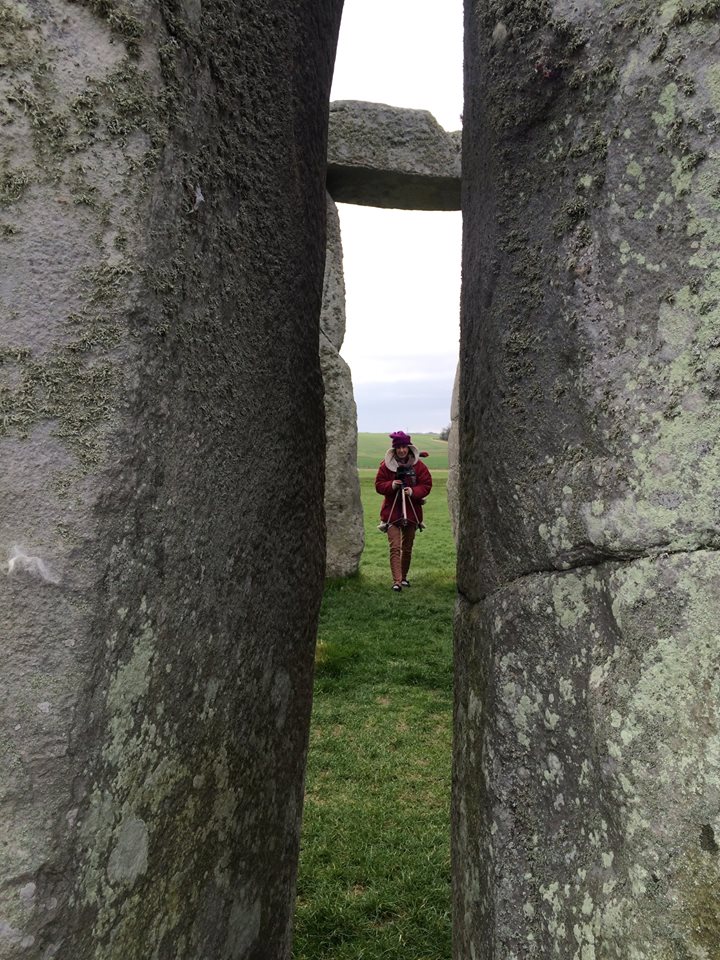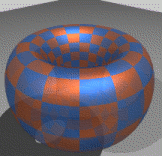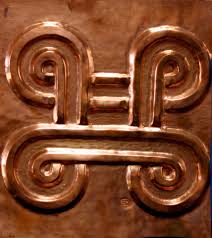“Peace asks nothing and is in conflict with nothing. Peace is always here, in every breath I take and with every step I make.”
The nondual descriptor of peace is fundamental to all nondual therapy. In the contracted spiral between surrender and war, (according to all-or-nothing thinking), many contractions are embedded.
Choices between war and surrender are bound up with other contractions in duality. For example, the agenda not to be guilty, can be a top player in maintaining the greater contraction of conflict. Similarly, the inability to allow anger, or the refusal to feel fear is intimately linked up with a lack of freedom within the war and surrender dynamic.
The agenda to avoid condemnation or to seek redemption is similarly embedded in choices involving binary conflict.
As such, peace is a tremendous healing agent, as well as a signal from source when a conflict is resolved, even before the realization comes to waking consciousness.
Peace is often confused and interchanged with other nondual positions, such as stillness, silence or love, yet although it will often be the backdrop of such positions, it is not the same.
“The partner of war is surrender. Peace has no opposite. In peace, war and surrender are one.”
(Stillness of the Wind, Georgi Y. Johnson)
As a core nondual aspect, peace is apparent as an effect whenever a contraction is released. It is also present at milestone moments in creation, such as birth and death.
It can be felt and accessed in its powerful, living presence, regardless of winning or losing, departure or arrival, atrocity or serenity. It is present in its soft austerity in our laughter and our tears, through all our panic and fears, unconditionally aware even behind the rage at life, or aggression towards the other.
The very nature of peace is that it can never be taken away. The very idea of extracting peace from creation is an absurdity, as all of this, all the great show of duality and temporal form entirely depends on the peace out of which it arises and to which it returns.
No conflict, no contraction and no reflection could occur without the source of peace that is inherent to consciousness itself. We could not identify, ignore and neither could we reject, without peace as the lion’s share of our fundamental, living nature.
The attempt to deny peace resembles the attempt to disown our own mother. We can try it, but we can’t do it, as we are made of her; without her, we could not be anything at all. So prevalent and so resourceful is peace, that we tend to take it for granted. Our focus is so captivated by conflict, that we ignore the peace which is always here, in time, forgetting that it is here altogether. Then, in our negotiations of form, we try to gamble with her, or turn her into a reward, brutally deferring that which is omnipresent and omnipotent for ‘later’.
So defiantly silly is this deferment of peace, that it begins to be identified with death. As such, our fear of death drives us to also fear peace. The very scent of peace as we look into that originating cavern of our own inevitable demise causes us to equate it with the anti-life, or destruction. So we try to live a life without peace, and we suffer in our endeavours and die in a sudden realization of all we have missed in the living here and now.
Peace is not loving, although it is the source of love. It is not joyful, although joy can flash through us in the relief of the fulfillment of peace. It’s only subtle agenda is towards harmony, reunion and truth. It offers a perpetual and unbounded sacred safety, that is inviolable by the entangled forest of our hearts and minds above the surface.
The more we learn to rest in peace, the more we are able to come to life, accepting whatever presents itself in our inner or outer worlds without conditions. As such, peace is a master force in the opening of perception.
Every healing, each conscious awakening, each release of contraction is utterly dependent on peace. The degree to which we are immersed in this inner source of peace is in direct equation to the ability of our form (including our subtle forms) to allow itself to be made relative; to allow this higher power of peace to let it be transient.
When there is peace, we don’t need to grasp and we don’t need to push away. We gain a tremendous clarity of consciousness and insight into the challenges we temporarily carry.
There is a sense of fulfillment and natural completion. There is a kind of perfection that moves beyond all judgement and discrimination.
It is as it is.
So be it.




